Zortrax Helps Make Coding More Comprehensive
Have you ever considered coding as something really challenging and limited only to adults? Well, here’s the best example to change your point of view right away.
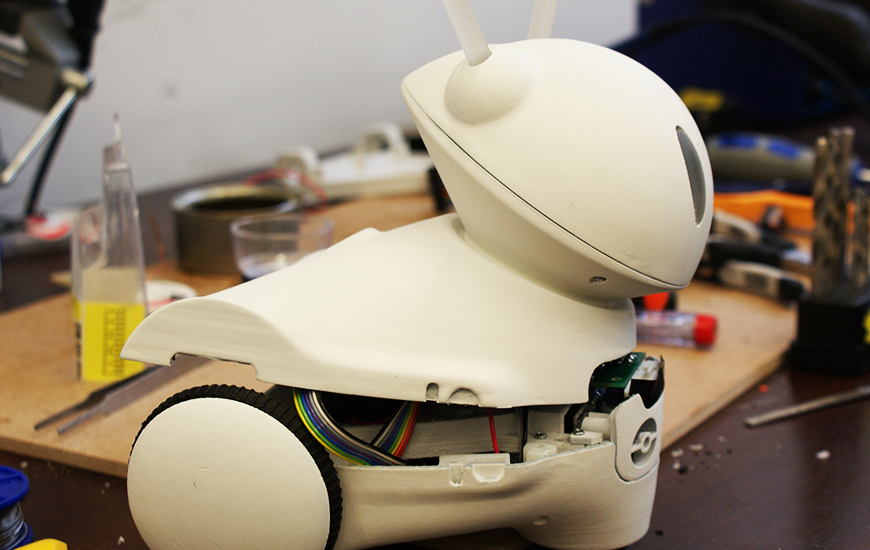
3D printed Photon during assembly
This time we move to the town of Krasne, Poland, mainly to the local orphanage where a group of students and entrepreneurs decided to share their invention with the most creative test group – the kids.
The Fun & the Feedback
As we’ve just mentioned, the visit in Krasne was dictated by the unique product created by the team from Białystok – the Photon robot. When Michał Grześ, Marcin Joka, Krzysztof Dziemiańczuk and Michał Bogucki – the designers of the robot entered the place they introduced the children to the small creatures from another galaxy awaiting to learn them about the world. Were the children eager to accept the challenge? You bet! Thanks to the well-considered design of Photon even the youngest children were able to operate the robot and start their coding adventure. Just see for yourself!
Did you like the video? We can only add that this material was made by Krzysztof Kiziewicz, one of the top directors of short films in Poland. Hearing the story of Photon and the initiative of sharing the technology with the children from the orphanage, he decided to join the helping team and did the whole film for free.
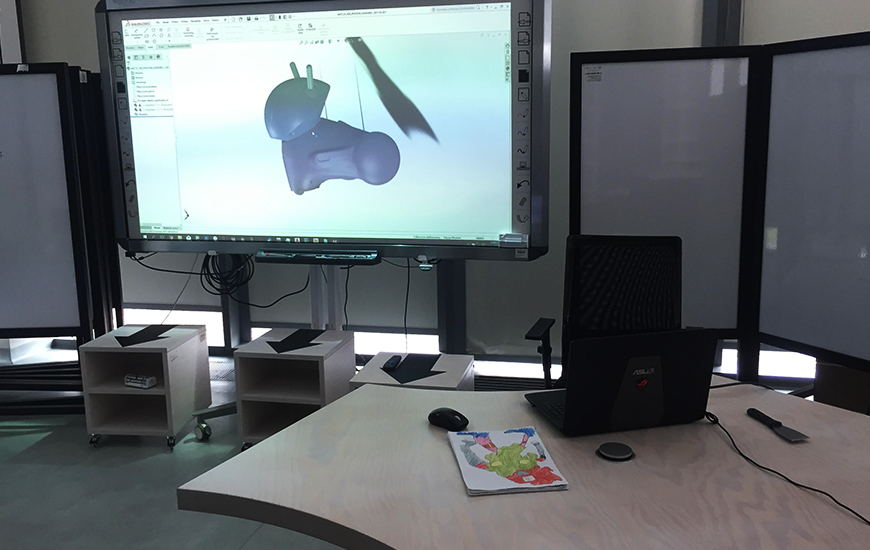
Quick redesign of Photon robot
The case of Photon shows us that helping can be really contagious. After the film was made it attracted the interest of the technological park in Białystok that decided to provide the kids from Krasny with a free course on programming.
The Photon Legacy
As we can learn from the website, the devices already have a story behind them. During their journey to the planet Earth they crashed with an asteroid. The result of it was that the parts of their starship were spread all around the galaxy and only the children can help them to find the missing elements and teach the robots to adjust to the new reality. It may happen that some of the starship parts have been already taken by unknown characters and some effort is required to get them back, but those who can solve the problems can expect a great reward.
Let’s dig deeper into the history of Photon. How the concept created by four students under the supervision of (MA eng.) Maciej Kopczyński from the faculty of Information Technology on the Technological University of Białystok could finally become real?
Take it Easy
When it comes to the conceptual part, the young designers’ aim was to create their products as user-friendly as possible. Thanks to this they came up with the most intuitive interface where encoding the robot can be done by using blocks – icons, which allows even the children who cannot read to operate the device. The robot is equipped with 10 sensors that enable it to detect and react to obstacles, light, touch, sound and changing surface. It can also make sounds itself, produce different types of light and communicate with other robots. All these functions can be easily controlled by the mobile app dedicated to IOS and Android platforms.
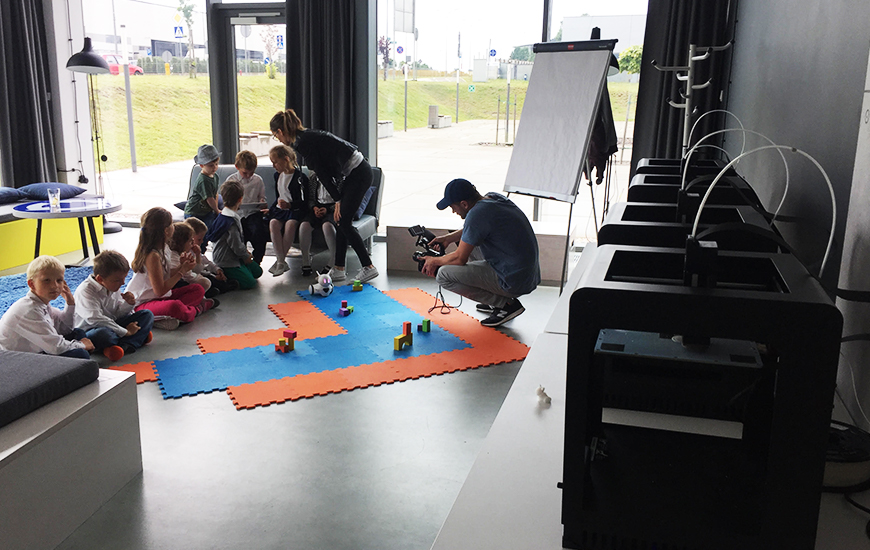
The very first programing lesson
That’s what Friends are for
Before the children could put their hands on the readymade products and make some testing, the designers of Photon had to solve the practical problems connected with production and development of their project. As producing a batch of injection-molded elements can be highly expensive and sometimes even impossible when the number of ordered items is lower than a few hundred parts, the Photon team was forced to seek help somewhere else. As you may guess correctly along came Zortrax giving a helping hand to the team and providing them with 25 3D printed robots and at the same time allowing for future evaluation and actual start of the pilot program. The pieces were 3D printed using Zortrax M200 3D printer and white Z-ULTRAT material, which thanks to its properties guaranteed the necessary strength and resistance of the models during the functional tests.
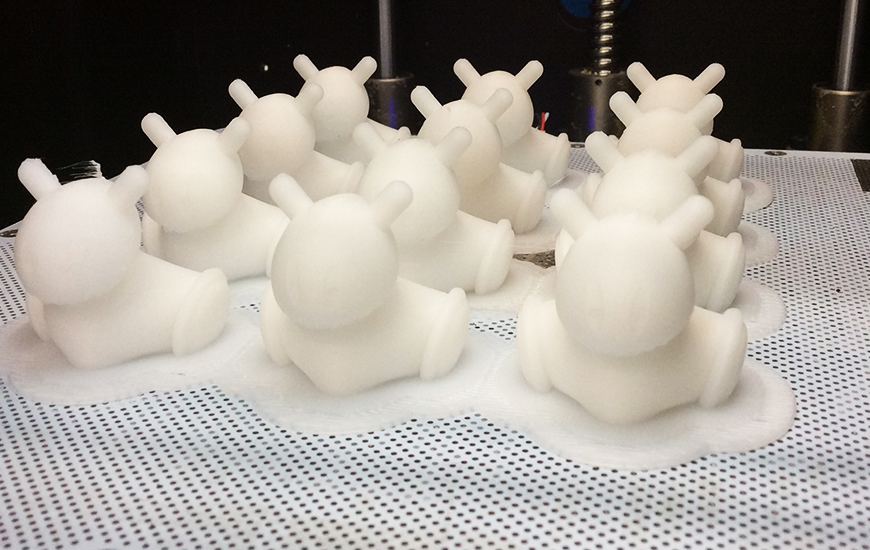
3D printed Photon miniatures
Encoding the Reality
As programming is still among the top skills required in the present market, we are happy to have such people like the Photon team. However, the coding skills are not the only value the Photon provides. Thanks to the cooperation with the psychologists from the SWPS University of Social Sciences and Humanities children can also learn basic social behaviors, logical thinking, decision-making, gamification and develop their cognitive skills. Are you impressed? So do we! We keep our thumbs up for the Photon to be a frequent companion in at schools and houses as he is a “really cool pal” and we have kids’ word for that!
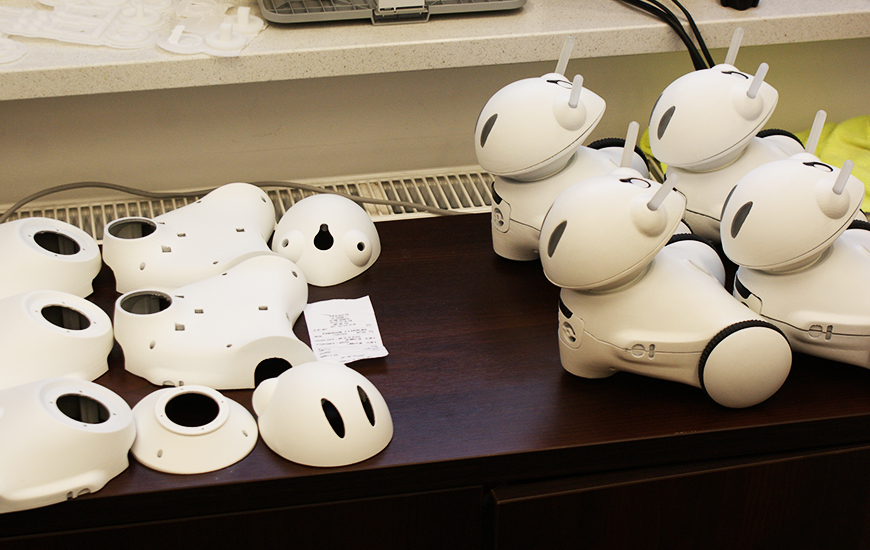
3D printed parts and fully assembled Photons